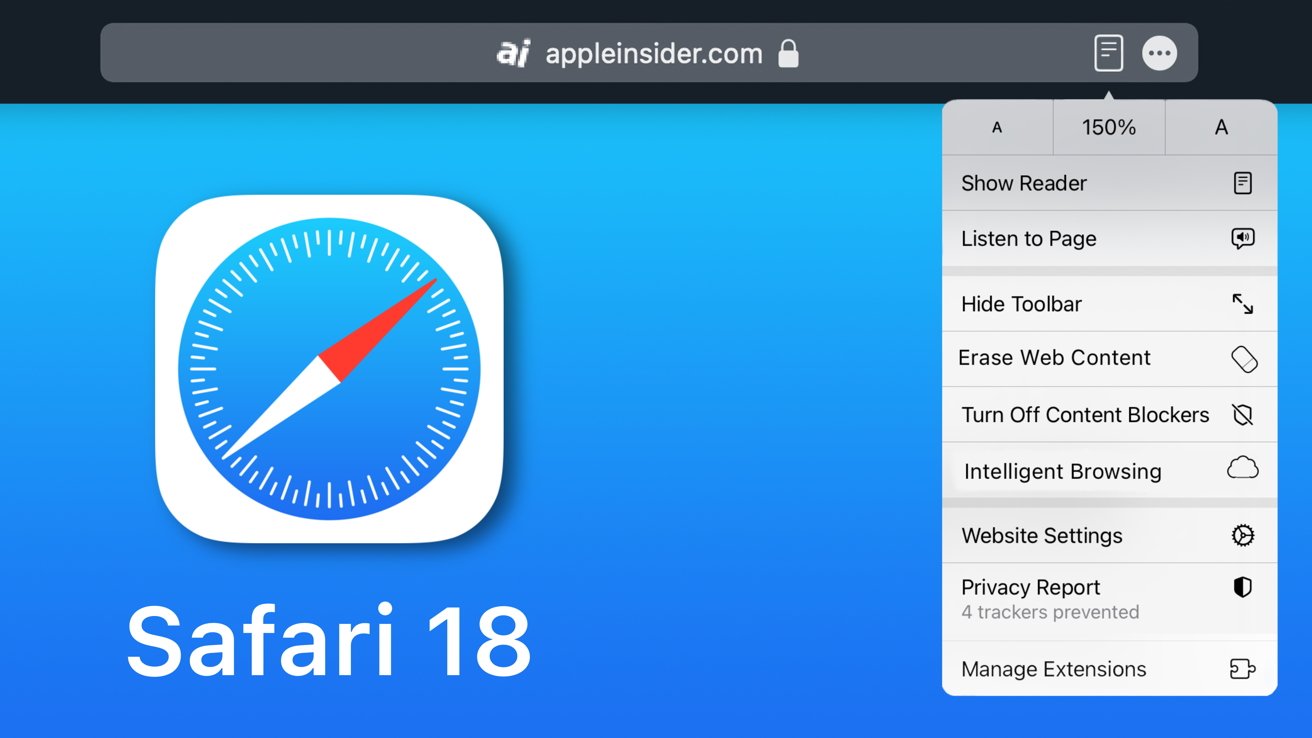The following is a news release from the Idaho Department of Fish and Game.
IDAHO FALLS (Idaho Fish and Game) — Idaho Department of Fish and Game has investigated a recent surge in moose mortalities across the Upper Snake Region.
Upon examination of the deceased animals, IDFG suspects Adenovirus Hemorrhagic Disease (AHD). So far, 16 moose calves, 1 adult moose, and 3 mule deer mortalities IDFG has examined have shown symptoms of the disease. One fawn mule deer mortality from late February had laboratory testing confirm AHD, and samples from the other mortalities are currently at the lab for testing.
What is AHD?
AHD is caused by a virus which can infect a variety of deer species, including elk and moose. The disease was first discovered in 1993 in black-tailed deer in California. Although a different disease, AHD is similar to Epizootic Hemorrhagic Disease (EHD), which recently affected white-tailed deer populations in Idaho’s Clearwater Region. Unlike EHD, AHD can occur any time of the year and is spread through nose-to-nose contact. All deer species are susceptible to the disease.
What are AHD symptoms?
Many animals with AHD suffer from internal bleeding in the chest cavity, intestines, and lungs. External symptoms include diarrhea, vomiting, bloody nose/throat/eyes, swollen muzzle, uncontrollable salivation, and seizures. These symptoms are often followed by emaciation and death. Many animals do not exhibit external symptoms and it could appear the animal died for no apparent reason.
Is AHD always fatal?
Fawns and calves that contract AHD generally have a very high mortality rate. Adult animals often have a much lower mortality rate, but depending on their viral load, can still perish from the disease.
Can humans get AHD?
No. Only members of the deer family (Cervidae) can contract AHD, so there is no concern with transmission to domestic animals or humans. However, humans handling carcasses of potentially sick wildlife should always wear gloves and eye protection and keep pets away from the carcass.
What is IDFG doing about AHD?
Unfortunately, there is no treatment for AHD once an animal shows clinical signs and no preventive methods are available that can be applied to wild populations of deer. IDFG staff are working to assess the extent of the outbreak and implement measures to mitigate its impact on wildlife, largely by removing infected carcasses to prevent further spread.
What can you do to help?
IDFG urges the public to report any sightings of sick or deceased deer, elk, or moose to facilitate ongoing monitoring efforts.
=htmlentities(get_the_title())?>%0D%0A%0D%0A=get_permalink()?>%0D%0A%0D%0A=htmlentities(‘For more stories like this one, be sure to visit https://www.eastidahonews.com/ for all of the latest news, community events and more.’)?>&subject=Check%20out%20this%20story%20from%20EastIdahoNews” class=”fa-stack jDialog”>

Rachel Carter is a health and wellness expert dedicated to helping readers lead healthier lives. With a background in nutrition, she offers evidence-based advice on fitness, nutrition, and mental well-being.







:no_upscale()/cdn.vox-cdn.com/uploads/chorus_image/image/73318467/tashicharacter_MGMstudios_ringer.0.jpg)